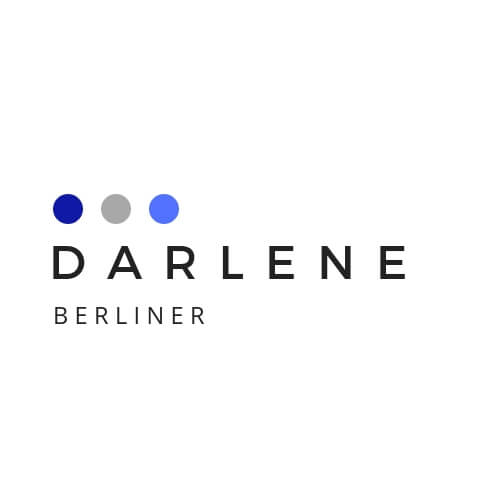As employers are faced with the increasing challenge of recruiting and retaining top talent, the topic of employee reward and recognition systems has become increasingly important among HR professionals. However, before hastily implementing the latest trending reward system within your company, it is vitally important to establish a plan and think through the challenges and benefits associated with making this important change. Remember that it can be detrimental to employee morale to remove, or significantly modify, a reward system upon realizing it was not implemented correctly. If your company is considering updating or starting a reward and recognition program, consider the pros and cons listed below:
Group / Team Based Rewards
A Group Based Reward System is popular in the technology industry as well as in companies that utilize a team approach to recognize and celebrate an entire team for achieving a goal or meeting key performance indicators. With this approach, employees are encouraged to collaborate and work together to solve issues and reach the team goal. When implemented correctly, the rock star employees at an organization will be more likely to support and give candid feedback to their coworkers.
The downside to utilization of this plan occurs when under-performing employees are routinely assigned to a winning team and are consistently recognized and rewarded for work they may not have been responsible for. To help combat this challenge, consider supplementing a team based reward system with individual rewards as well.
Profit Sharing
A study in 2015 found that 19 percent of employees in the private sector were offered a profit sharing bonus. In most cases, profit sharing programs are comprised of a percentage of employee salary. These programs reward employees for making a combined contribution to the goal of the company. A profit sharing goal can also help keep a specific metric first and foremost in employee endeavors. If your company is implementing this option, consider establishing guidelines around the tenure an employee must possess before becoming eligible to receive the profit sharing bonus.
Peer Voting and Recognition
Another popular recognition technique involves utilizing your employees to recognize and celebrate others in your organization. A peer voting system can be used to highlight an employee who is an exemplary performer and role model for others in the company. Employees nominate colleagues for specific contributions to the organization’s goals and objectives, and votes are subsequently cast throughout the company for the nominated individual. This option gives each employee a voice, while also removing the ambiguity sometimes affiliated with a reward program.
As you weigh the pros and cons of various reward systems, carefully consider the culture of your organization and never be afraid to innovate and create a reward system that is customized to your company’s unique needs. For example, if transparency with others is a value you want everyone in your company to display, think through creative ways to recognize an employee for being open and honest.
In many cases, a thoughtful recognition system does not have to be costly and can be just as effective as the more conventional and pervasively used systems. If you are reticent and fearful of a decision to implement a system which might prove to be ineffective, start small and take note of what works well in your organization. Subsequently, as you become more confident in your observation and decision making skills, build out the reward and recognition system to a fully robust and comprehensive mechanism for recognizing all of the values, skills and abilities deemed worthy by your organization.

